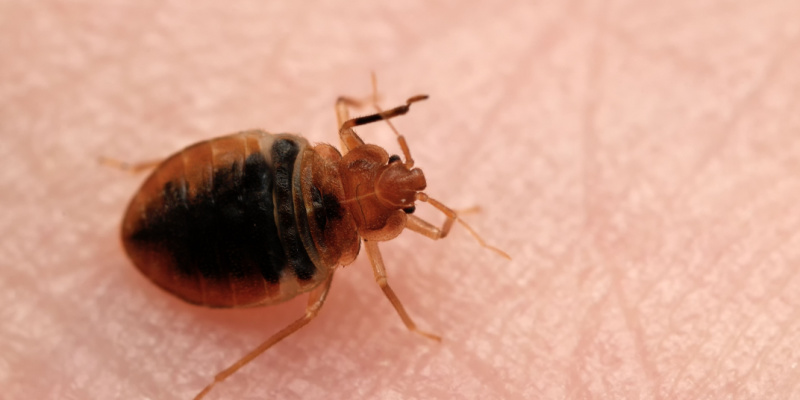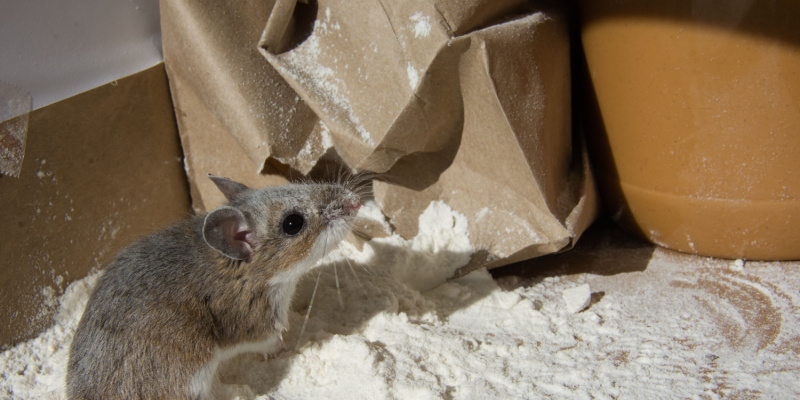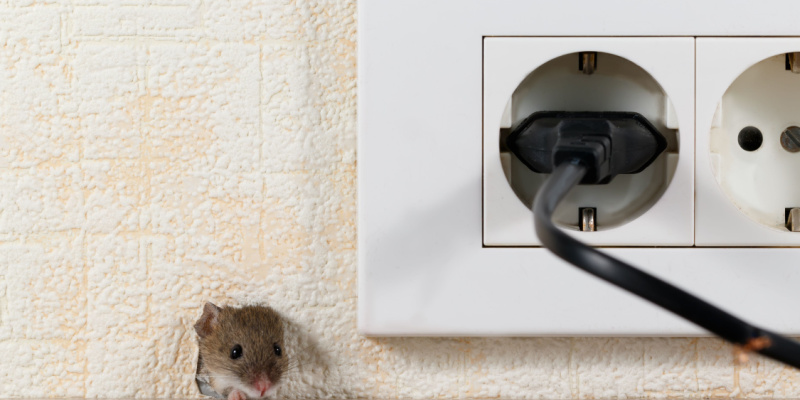Cincinnati, OH, like many urban areas across the United States, faces issues with bed bugs. These pests, known for their elusive nature and challenging eradication, can infest homes, hotels, and even public transportation. Understanding the nature of bed bugs and the importance of professional control is essential for residents in Cincinnati.
Why Bed Bugs Are a Concern
Bed bugs feed on human blood and are known for their itchy, sometimes painful bites. They are not known to transmit diseases, but their presence can cause significant discomfort and stress. Additionally, dealing with an infestation can be costly and time-consuming.
Identifying Bed Bugs
Bed bugs are small, nocturnal insects with the following characteristics:
- Size: Adults are about the size of an apple seed (4-5mm long).
- Shape: Oval and flat, swelling after feeding.
- Color: Reddish-brown, becoming redder after feeding.
- Habitat: Typically found in mattresses, bed frames, and furniture close to sleeping areas.
Signs of a Bed Bug Infestation
- Bites: Often the first sign, appearing as small, red, itchy welts.
- Fecal Spots: Dark spots on bedding or walls.
- Blood Stains: On sheets or pillowcases.
- Musty Odor: In severe infestations, a sweet, musty odor may be present.
The Challenge of DIY Bed Bug Eradication
Many residents attempt to tackle bed bug problems themselves. However, DIY methods often fail due to:
- Pesticide Resistance: Bed bugs have developed resistance to many over-the-counter pesticides.
- Inadequate Reach: Eggs and hidden bugs are often missed.
- Lack of Knowledge: Proper identification and understanding of bed bug behavior are crucial for effective treatment.
Professional Bed Bug Control in Cincinnati
Professional pest control services offer the most effective solution for bed bug infestations. In Cincinnati, experts are equipped with specialized knowledge and tools, providing:
- Thorough Inspection: Identifying the extent of the infestation.
- Advanced Treatment Methods: Including heat treatments, insecticides, and mechanical methods like vacuuming.
- Follow-up Services: Ensuring the complete elimination of the infestation.
- Preventive Advice: Helping prevent future infestations.
Why Choose Cincinnati Bed Bug Experts
Local expertise is invaluable in dealing with bed bugs effectively. Professionals in Cincinnati understand the specific challenges and common hiding spots unique to the area.
Integrated Pest Management (IPM) Approach
IPM combines various strategies for effective, environmentally responsible pest control. It includes:
- Assessment: Comprehensive evaluation of the infestation.
- Implementation: Using a combination of chemical, physical, and cultural methods.
- Monitoring: Regular checks to ensure the effectiveness of the treatment and prevent reinfestation.
Prevention Tips for Homeowners
Residents can take proactive steps to prevent bed bugs:
- Inspect Second-hand Items: Thoroughly check furniture and clothing before bringing them into your home.
- Travel Wisely: Use luggage racks in hotels and inspect your belongings when returning.
- Reduce Clutter: Minimize hiding places in your home.
Bed bugs are a significant issue in Cincinnati, OH, which means that you should consider more than just a DIY approach. Professional bed bug control experts provide comprehensive, effective solutions. They understand the unique challenges of the local environment and employ an Integrated Pest Management approach. Homeowners can also play a crucial role in prevention, making their homes less inviting to these pests. With professional help from Perfection Pest Control and proactive measures, Cincinnati residents can effectively manage and prevent bed bug infestations.



